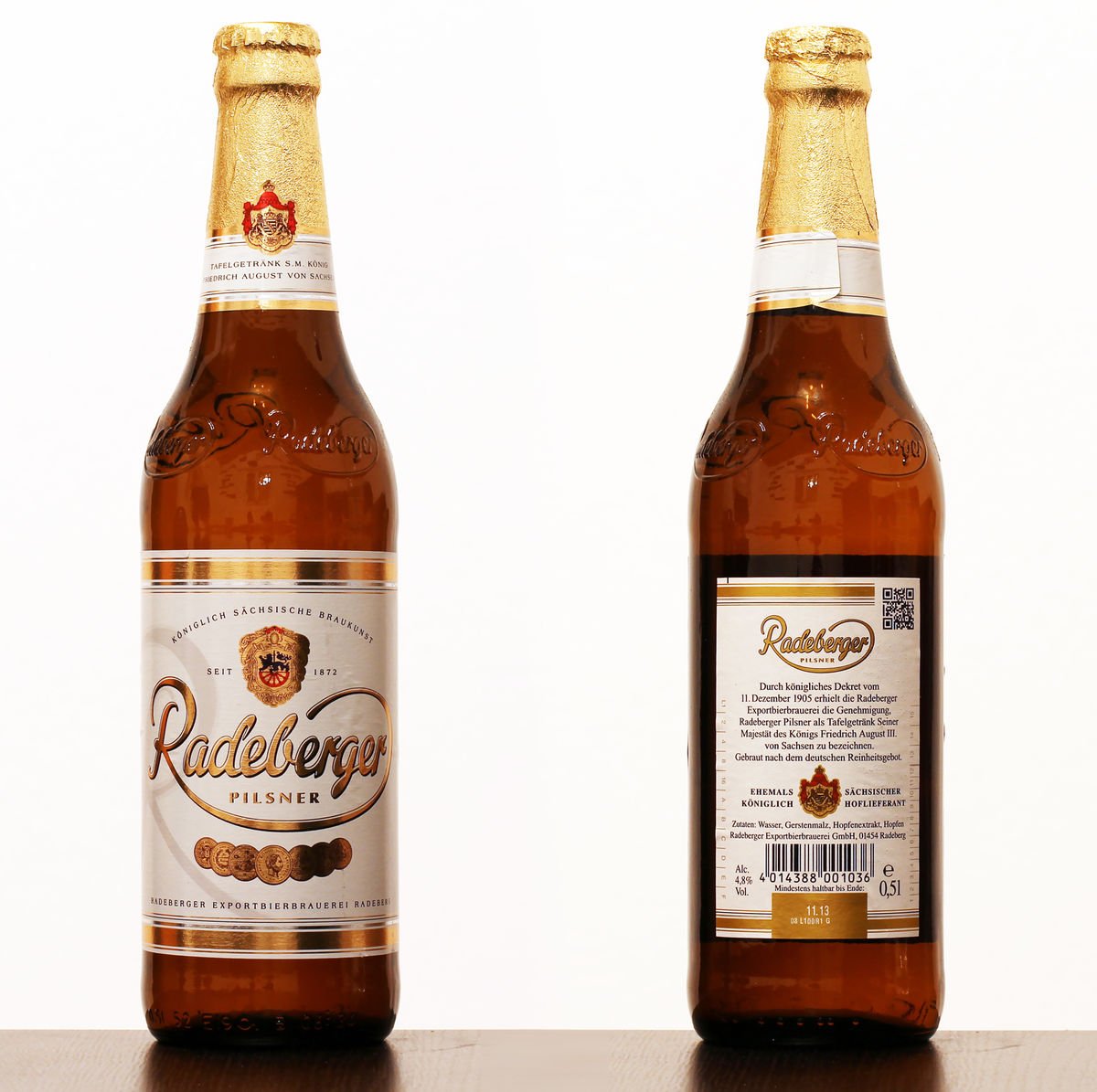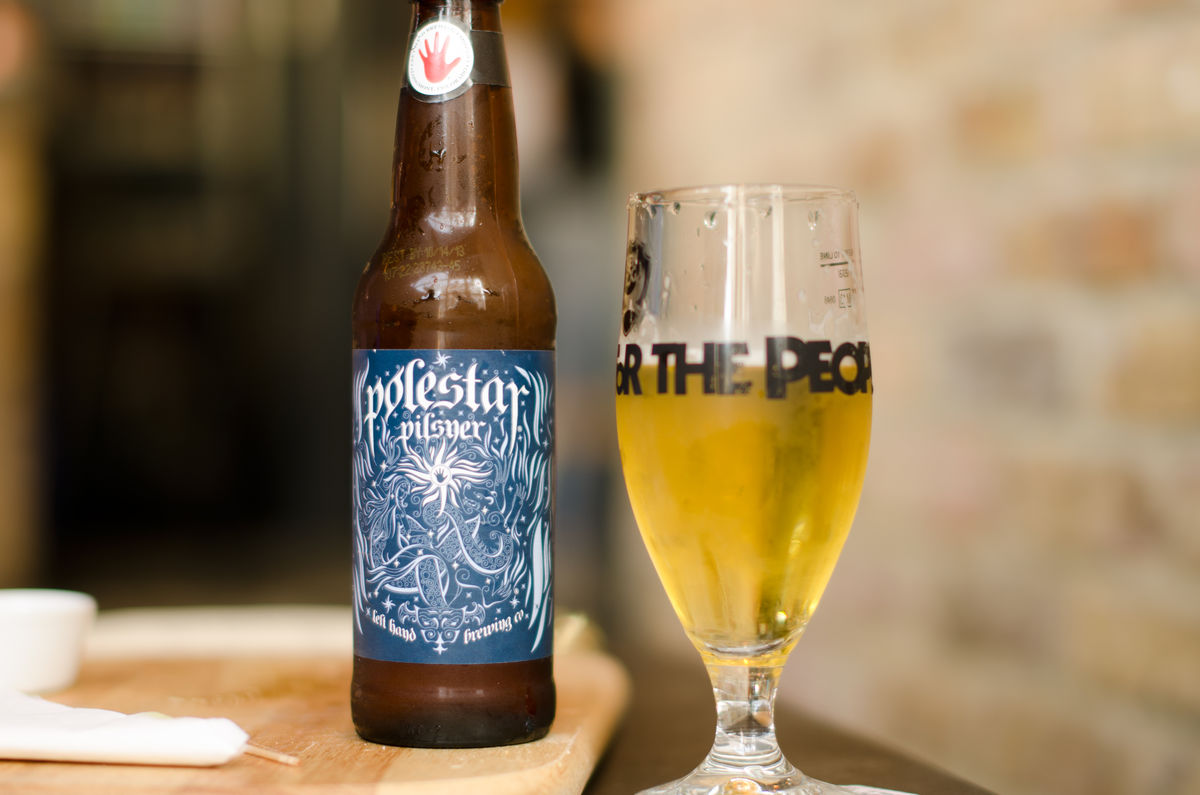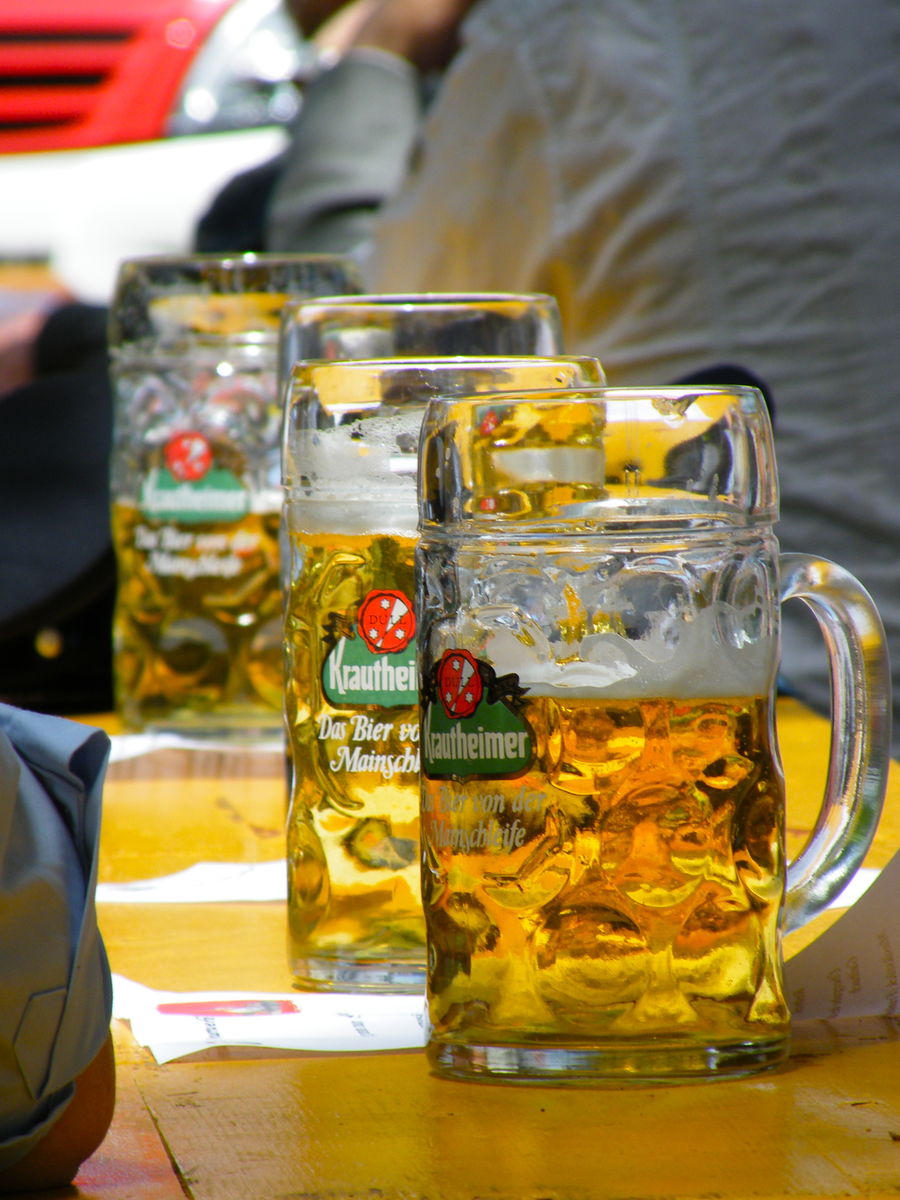Start 14-Day Trial Subscription
*No credit card required

Defining the Pilsner Style
Every beer drinker has probably enjoyed a Pilsner, but do they really know what they're drinking? This story looks to define that famous and popular style.
Throughout history, a multitude of brewing innovations have impacted the world's beer culture in major ways, but none quite as much as the creation of Pilsner lagers. In the mid-1800s, in the small Czech town of Pilsen, beer drinkers grew frustrated with the common, brown, murky, inconsistent ales that had been a part of Czech culture since the thirteenth century. Bavarian brewer Josef Groll decided to shake things up in Pilsen by using Bavarian lager yeast, Pilsen's soft water, Czech pale malt and elegant Saaz hops in the production of a clear, golden, crisp lager that eventually became known as Pilsner.
Beer drinkers and brewers throughout Europe were immensely impressed, and the Pilsner style spread rapidly, aided by the innovation of inexpensive ways to produce abundant glassware. After all, a beautiful glass deserved a clear, stunning beer.
Ales are fruity, flavorful beers produced at warm temperatures by yeast strains known for "top fermentation," meaning the active yeast cells hang out near the top of fermentation vessels. In contrast, lager beers enjoy a cooler fermentation, with "bottom fermenting" lager yeasts preferring to work slowly at the bottom of the vessel, creating almost no fruity ester compounds. Known for a clean, simple, elegant fermentation character, lagers showcase the water, malts and hops used in their creation.
Before modern refrigeration, lagers were often stored or "lagered" for weeks or months in cold cellars or caves, giving the lager yeast time to finish the gradual fermentation. Lagered beers emerged from cool conditioning with clean, crisp flavors and a bright, crystal-clear appearance that Czechs and Germans found much more appealing than dark, hazy ales.

Throughout history, a multitude of brewing innovations have impacted the world's beer culture in major ways, but none quite as much as the creation of Pilsner lagers. (Photo Courtesy Flickr/Scholewiak)
Czech Pilsner, now considered the epitome of world lager styles, has been copied in almost every brewing nation around the globe. Unlike many complex ales, a Pilsner provides little chance of hiding any aroma and flavor flaws. The lager yeast must be clean and consistent, and the simple ingredients must highlight soft water and classic Pilsner malt balanced by appropriate noble hops. Any hint of off-flavor in a Pilsner becomes immediately noticeable.
Mitch Steele, formerly with Stone Brewing and now co-founder and brewmaster of New Realm Brewing, refers to Pilsners as "brewers' beers." "They are the hardest style to brew, and it takes skill and experience to nail the correct flavor profile," he said. "I love Pilsners because they are the perfect example of the brewer's art and skill. They are traditional, refreshing, nuanced and subtly complex."
 These days, the Beer Judge Certification Program (BJCP) recognizes two basic forms of Czech-style Pilsner: Czech Pale Lager and Czech Premium Pale Lager (also known as "Bohemian Pilsner"). The styles are quite similar, with Czech Pale Lager ranking as a lower-alcohol, lighter-bodied version with a more subtle aroma and flavor profile. Czech Pale Lager comes in around 3-4 percent alcohol by volume (ABV), with the premium version being in the neighborhood of 4.2% to just shy of 6 percent ABV.
These days, the Beer Judge Certification Program (BJCP) recognizes two basic forms of Czech-style Pilsner: Czech Pale Lager and Czech Premium Pale Lager (also known as "Bohemian Pilsner"). The styles are quite similar, with Czech Pale Lager ranking as a lower-alcohol, lighter-bodied version with a more subtle aroma and flavor profile. Czech Pale Lager comes in around 3-4 percent alcohol by volume (ABV), with the premium version being in the neighborhood of 4.2% to just shy of 6 percent ABV.
Czech Premium Pale Lagers shine with a brilliant clarity, a light to deep golden hue and a fluffy, white head. Expect clean malt notes reminiscent of bread, light toast and mild honey backed by an elegant hop aroma and flavor as well as a somewhat strong, clean bitterness stemming mainly from classic Saaz hop varieties. Citrusy, piney, earthy American hops are inappropriate for this style. Some commercial versions possess a note of buttery diacetyl for complexity, with Pilsner Urquell being a well-known example. A moderate mouthfeel finishes with an exquisite combination of soft, complex pale malt and floral, spicy hops that are never harsh or astringent.
An unfortunate modern trend among large brewers of Czech Pilsners involves recipes with reduced malt and hop profiles. The resulting lineup of modern Czech Premium Pale Lagers offers quite a varied range of mouthfeel and Saaz hop intensity, but exemplary examples of the style still adhere to classic, full-flavored recipes.

Known for a clean, simple, elegant fermentation character, lagers showcase the water, malts and hops used in their creation. (Photo Courtesy Flickr/Valters Krontals)
Beyond Czech Pilsner styles, German Pils are similarly popular around the world. Czech Premium Pale Lagers offer a touch more color, malt depth and mouthfeel than a typical German-style Pils that will come across a bit drier. German Pils lagers typically utilize toasty German pale pilsner malt and German hop varieties that can be more spicy, floral and herbal than Czech Saaz. German brewers adapted the Czech Pilsner to harder water and German hops in the 1870s.
German Pils is known for its straw to moderate gold color, a substantial mousse-like head and aromas and crisp flavors similar to honey, biscuits and perhaps a hint of sulfur - all with a wonderful counterpoint of classic German hop varieties that may include Hallertau, Tettnanger, Spalt or Hersbrucker. Look for judicious hop bitterness, a clean fermentation character, soft finish and perhaps more lingering hop bitterness than Czech versions.
Asheville's Highland Brewing Co. produces a German-style Pils that ranks right up there with classic German examples. Highland president Leah Wong Ashburn explained, "Highland's Pilsner is a very traditional German-style Pilsner that appeals to me on two levels. As an industry member, I respect the way Pilsners allow no room for flaws. As a beer drinker, I love a Pilsner after a trail run or workout. It's clean, light-bodied and the perfect refresher."
International Pale Lagers like Heineken, Stella Artois and Birra Moretti should not be confused with Czech or German Pilsners, as the International Pale Lager style delivers less flavor, bitterness and complexity from hops. International Pale Lagers offer mild malt sweetness and are somewhat subtle and neutral in terms of aroma and palate.
On a similar note, American Lagers and American Light Lagers from the likes of Budweiser, Miller and Coors may have been inspired by Czech and German Pilsners, and a couple might even include the term "Pilsner" on labels, but don't be fooled. The American Lager style offers an extremely light malt profile backed by little to no hop character, and the beers often include inexpensive adjuncts like rice and corn. These easygoing lager styles were made popular by big brewers trying to recapture the beer market and regain profits after many Americans lost their taste for beer during the dark years of Prohibition.
Authentic Pilsners certainly turned the brewing world upside down. A true testament to their lasting appeal is the fact that even in today's crazy and creative U.S. craft beer culture, Pilsners and other flavorful lager styles are experiencing renewed popularity and are exposing yet another generation to their charming appearance, flavor and drinkability.

Header Image Courtesy Flickr/Barbro Andersen
Footer Image Courtesy Flickr/Barock Schloss




Comments